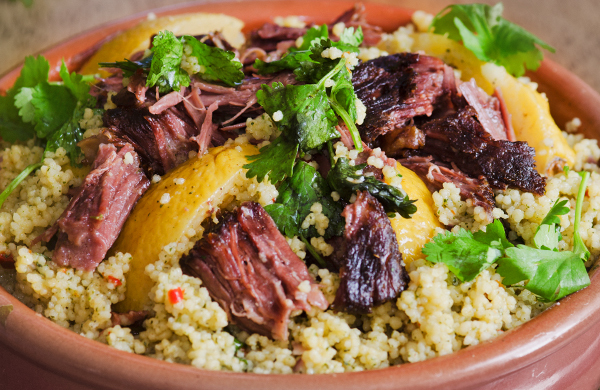
When it comes to African food, most Americans possess a knowledge that's limited to the menu at their local Ethiopian restaurant. As Africa's second-most populated country, Ethiopia has a huge diaspora, which helps explain why there are far more Ethiopian restaurants than, say, Kenyan or Malawian. But Ethiopian cuisine represents only a small piece of the diverse culinary landscape in a continent that is home to no less than 54 separate countries.
But with food trend experts predicting a big year for African food, at least some of those cuisines might soon become more familiar to Western diners. To help you prepare, we've highlighted nine distinct dishes from different regions of Africa so you can expand your knowledge beyond injera.
Bobotie

A popular dish in South Africa, Bobotie (pronounced ba-boor-tea) fuses together Dutch, Indian, Malay, and African influences, among others. The unique comfort food consists of turmeric- and curry-spiced minced meat that is baked with an egg-based topping and typically served with rice, sambal, and chutneys.
N'dolé
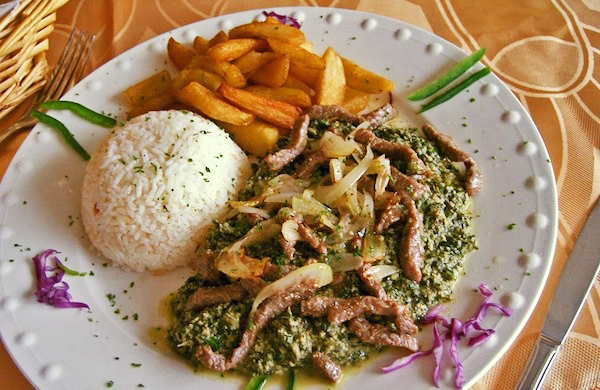
N'dolé is both the name of this spicy stew and the indigenous bitter leaf that gives it flavor. Typically made with nuts and seafood or meat, it is considered Cameroon's national dish and is also popular in Gabon. Another key ingredient: chili peppers, which were introduced to the area via the 16th-century slave trade and remain popular.
Jollof rice
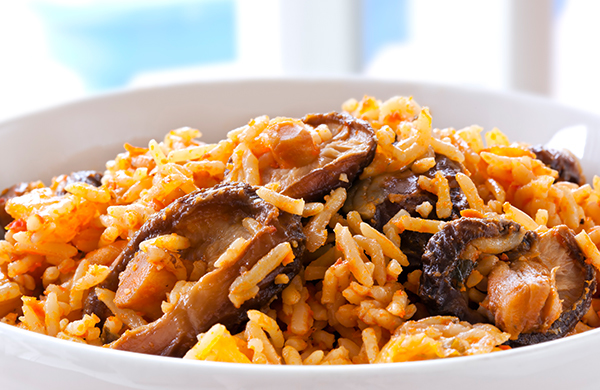
Typically featuring rice that is cooked in a tomato sauce seasoned with onions and hot peppers, among other spices, this popular dish can also incorporate other meats and vegetables. Some versions even include nutmeg. Jollof rice is most prevalent in West African countries such as Nigeria, Ghana, Togo, and Senegal, and American diners might find it bears a resemblence to jambalaya.
Ugali
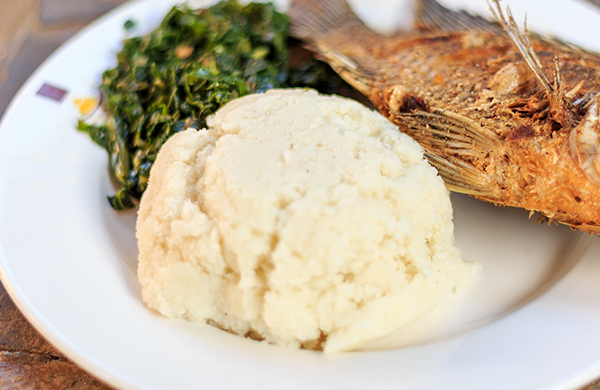
Starch-based porridges are common in East Africa. However, ugali—a stiff, slightly salty porridge made from cornmeal, cassava, millet, or sorghum—is generally considered the region's most popular dish. It accompanies nearly every meal and may be served with sukuma wiki, which can refer to a vegetable similar to kale or a dish that cooks said veggie with tomatoes and onions.
Baasto iyo sugo hilib shiidan
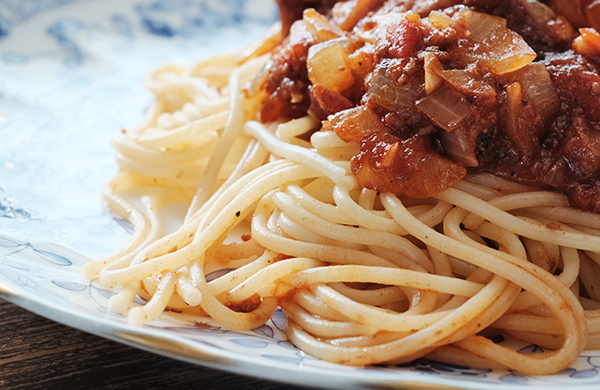
Many Italian foods, such as pasta and pizza, are popular in the Horn of Africa, the result of roughly 100 years of Italian colonial influence. This dish is nearly identical to spaghetti bolognese, except that the past sauce includes coriander.
Tagine

One of the most popular dishes in North Africa, tagine also combines several ingredients that characterize the region's cuisine. Made in a clay cooking vessel of the same name, the stew consists of slow-cooked meat (such as merguez, a spicy lamb sausage), vegetables, and fruits. Some variations incorporate harissa, a condiment generally made with hot chili peppers, garlic, olive oil, and spices.
Curry

East Africa's cuisine has been strongly affected by India and includes curries, samosas, chutneys, and chapati—an unleavened flatbread with Indian origins. But curries are also popular in many different African countries, including South Africa.
Seswaa

Potjie (one-pot stews cooked over an open flame) are popular in southern-African cuisine. This particular variety bears a resemblance to pulled pork or pulled beef, and it's commonly eaten in Botswana on the country's Independence Day or at weddings.
Akara

In West Africa, black-eyed peas are commonly used in many dishes, including one referred to as acarajé or akara, wherein the legumes are deep-fried in palm oil. Akara may be served alongside a sticky, okra-based stew—like Gambia's superkanja and Guinea's maffi gumbo—and fufu, the food most closely associated with West Africa. The starchy paste is made from root vegetables, such as yams, cocoyams, or cassava. Because it has very little taste on its own, fufu is served with rich sauces and stews.


